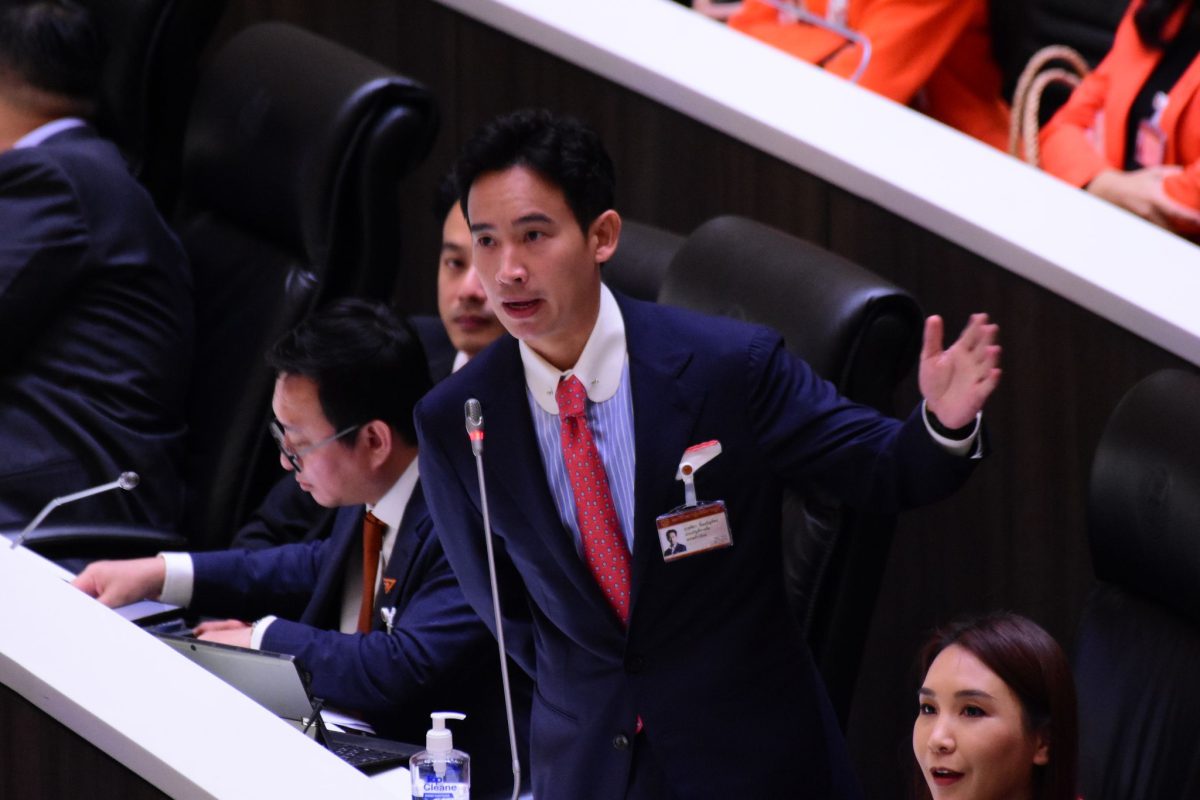Isaan would not be in poverty if the central government distributed administrative power to localities and was more careful in how it imposed development policies and projects in the region. The series “What will Isaan people get from the 2023 elections?” looks back on how Isaan has been left out in such policy making processes, and what can be done to resolve the issue.
By Sataporn Roengtam
The key purpose of decentralization – the administrative distribution of power – is to bring more equality of benefits that each area receives from development. Policies or projects related to development ought to be based on participation of local residents who constitute direct stakeholders. It should be based on the principle of allowing people facing certain issues to take the responsibility for resolving the issues themselves.
It is apparent that regional development projects up now have not been based on such a principle. Mostly, policies or projects having significant impacts to the livelihood of local residents have been the result of cooperation among high-ranking government officials, politicians (national and local), and major businesspersons (Bangkok and provincial), whose goals are mainly to serve their particular personal interests, although they claim it is all for the benefit of the local people.
This is particularly evident in projects where local resources are used. Many projects are determined elsewhere without local residents being made fully aware of the impact the project might have.
Consequently, Isaan people have had to suffer the fallout from “development” that they did not take part in creating, despite being the main stakeholders in the area and contending with the inevitable impact caused by such projects. When the damage is done, it is nearly impossible to fully rehabilitate the environment back to what it used to be. The people have to live in the remaining degraded habitat. The natural resources have been completely completed or seized up for other development projects that provide little to no benefits for the locals.
Sometimes the development causes local people to lose their livelihoods as well. Having lost their jobs and income, some families are pushed to migrate and eventually. They become vulnerable and their lives become insecure.
These are just some examples of what could happen to local residents. It is extremely necessary to come up with measures preventing such problems from repeating themselves over and over again.
Some might argue that the major cause of the problems stems from the government’s administrative mechanism which has weak legal enforcement, an inadequate budget, the personnel of state agencies, the lack of public participation, or the lack of a body of knowledge on development.
While all of these might hold some truth, it is too superficial of an analysis to look only at the manifestation of the problems.
Actually, the root cause lies beneath the mechanism of administration. The problems are created by the structure of Thailand’s system of governance, one that is highly centralized in the agencies in the capital.
When looked at closely, it is apparent that certain groups of people have overwhelming authority in making decisions on policies and administrative measures. All of these people work in the central government agencies and ministries based in the capital, the apex of all administration.
The decision-making process related to administrative policies is entirely controlled and led by these people. The mechanism of regional and local administration lacks any autonomy. It is merely in place to carry out the directives within the hierarchical order, executing policies and projects set by people from the central government at the local level.
As a result, many policies or projects set by such a structure lack a clear understanding of the context of the Isaan region. Those policies and projects only address issues and needs of local residents of certain areas where the central administrators have authority or interest over them.
Therefore, those policies or projects are too narrow, too inadequate to respond to a variety of issues in the region, which are fluid and subject to change depending on the ecology and cultural landscape of the local people.
When policies and projects are decided with a lack of understanding, which are out of touch with reality, it creates asymmetry in policy making. There is only one group of central administrators who make decisions on policies and projects, yet those measures are implemented in many areas highly differing from each other. Such an approach can lead to a conflict over the understanding of local issues between policy makers and residents who are affected, thus resulting in ineffectiveness of such policies being implemented.
In some areas these projects might be very successful, while in other areas they could totally fail. The government has squandered abundant funds pushing through such policies that turn out to be futile.
At the same time, these failed policies and projects put a burden on regional and local administrations and the people in these areas. Local administrations are forced to waste time and funds on these schemes instead of serving the people, sometimes resulting in discord between administrators and residents, not to mention the corruption within these agencies.
Moreover, projects that are conceived with inadequate understanding of local issues can place a massive burden on the livelihood of local residents in myriad ways.
The lack of knowledge about local contexts leads to impractical development policies and projects imposed by a centralized governing system, creating inequality in how each area is affected by those policies, as explained earlier. Thus, unsurprisingly, an ongoing call for decentralization from the Isaan region, as well as other regions across the country, grows stronger day by day.
Assoc. Prof. Sataporn Roengtam is an independent scholar of public administration.





